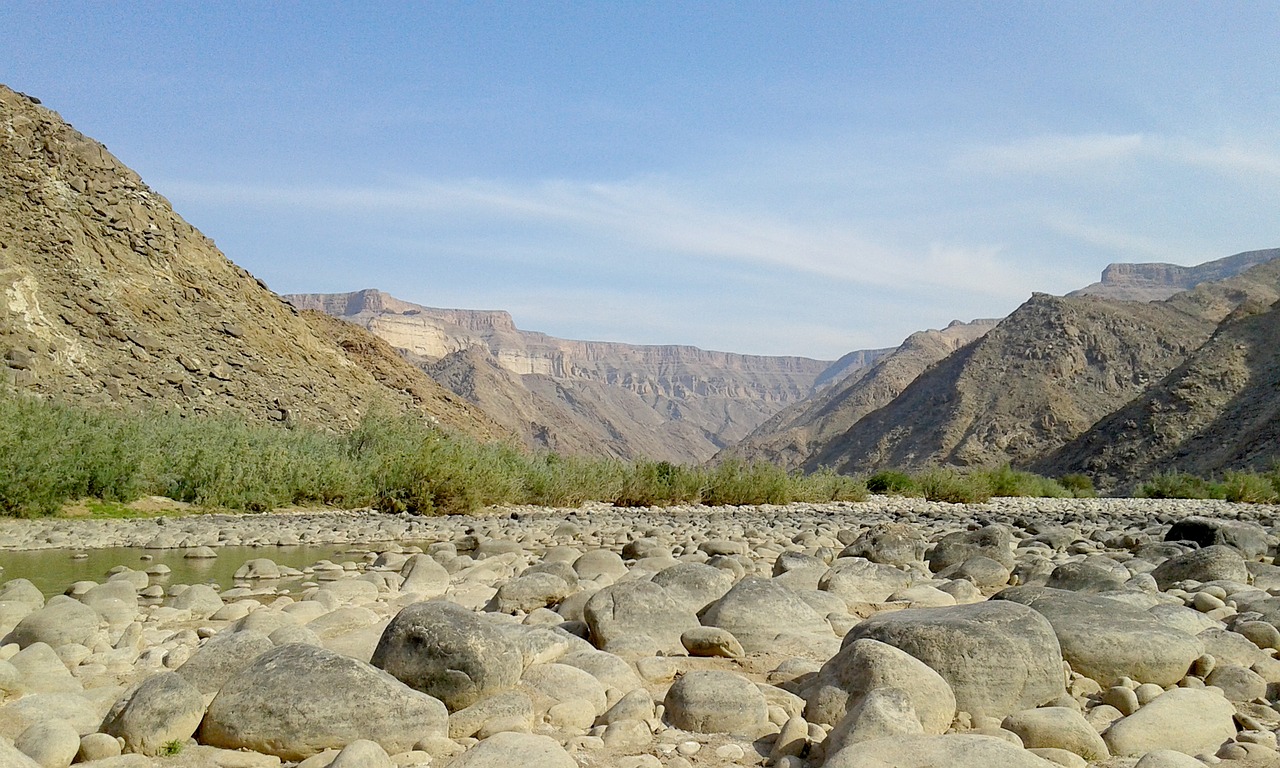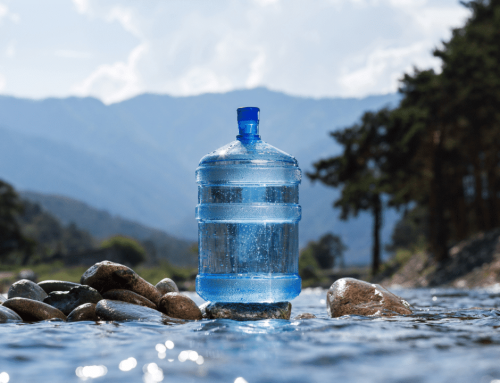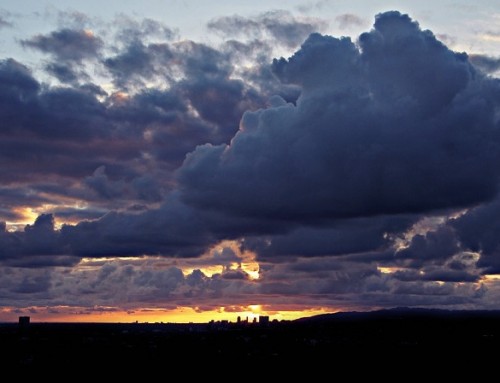The beautiful country of Namibia is covered in drought and desert terrain, which makes many other countries scratch their heads and wonder where they get their water supply from.
Well, if you’re not familiar with what Namibia looks like, apart from the sand dunes and desert-like atmosphere, it has incredibly large rivers flowing along its Northern, as well as its Southern borders.
However, the country’s water supply sources remain uncertain as these rivers are all located far from the residential areas and towns in Namibia.
Considering that these enormous rivers also far from the mines and industrial sector, which both require a lot of water, everyone would love to know just how operations in the country are able to continue with their daily needs.
The answer to the country’s water resources are dams which have been built with the purpose of capturing water from rivers, along with constructed pipelines, which transports water to residential areas, towns, cities, and mines every day.
A long-anticipated scheme was also planned and set into place in the 1980’s, which brought water from one of the biggest rivers in the Northern part of Windhoek, Namibia, the Okavango River, to the Eastern National Water Carrier.
Water supply in Namibia
Most urban residents do have access to drinking water, but not so much in the country’s rural areas. The water supply infrastructure is primarily owned by NamWater, whom sells and provides water to the mining companies and municipalities, which then sells water to businesses and the urban residents.
Apart from the Okavango River, water resources also include the Zambezi and Orange Rivers, which are a lot more expensive to deliver to residents. The only river that provides drinking water to the biggest Northern regions in Namibia, which are most of the cities, is the Cunene River, which is also shared with Angola as a water resource.
More resources include groundwater, surface water, seawater desalination, and flood/ rainwater harvesting.
Get bottled water coolers and mains water coolers from Living-Water in London.






